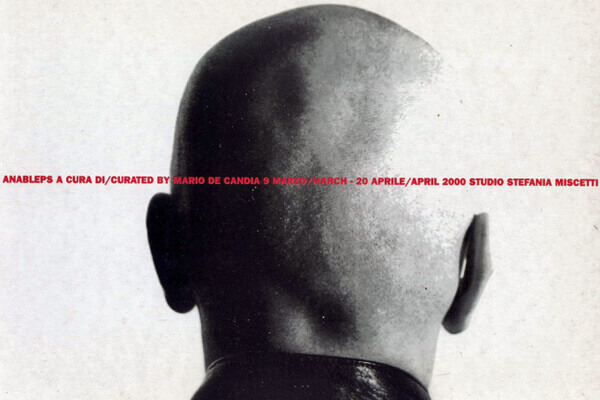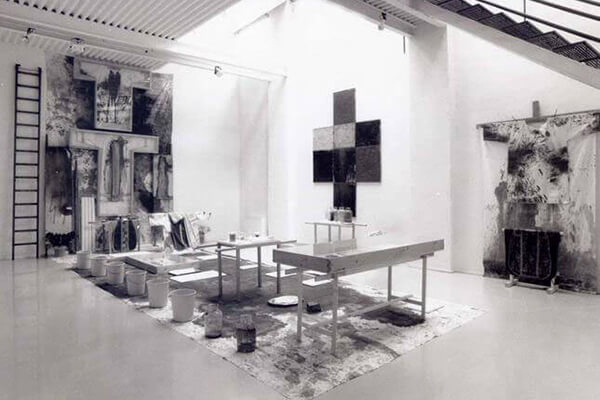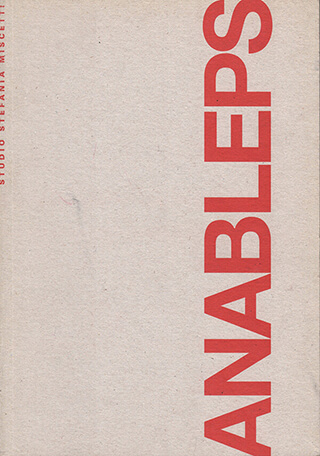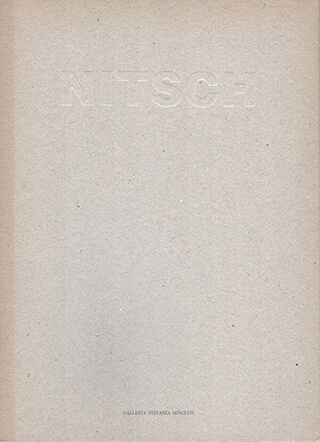HERMANN NITSCH | artisti austriaci a roma
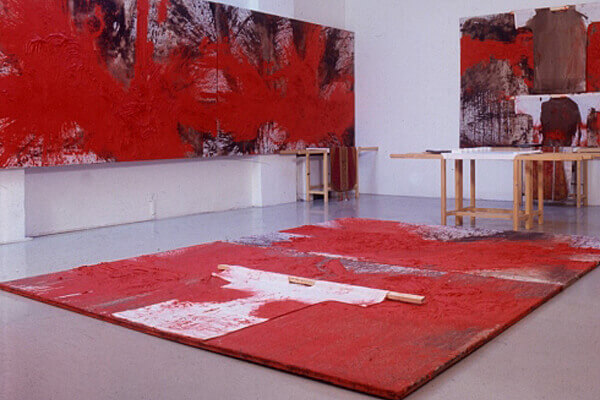
solo exhibition
exhibition opening:
april 12th, 1996
exhibition closing:
may 12th, 1996
opening hours:
tuesday to saturday, 4-8pm
about.
The expositive project Austrian Artists in Rome is a trial of radically new bases. Its intent is a combination of the public space with the private of the 22 galleries.
While for solo shows there are, as usual, no obligatory thematic indications or limitations, the collective exposition in the Museo di Roma was thought of as a dedication to the city: Austrian artists in the search of Rome, as would say Pirandello, that in the artworks exhibited in Palazzo Braschi suggests a close connection to Rome, Italy, the Mediterranean and the antiquity, avoiding a manner for the exhibition be generic. As it is well known, all the roads lead to Rome, and the route deviations also lead to Rome, a way to say that the reference of the city can be much more sophisticated.
From the 17th century to the half of the 19th century, Austrian artists meet, like Franz Anton Maulbertsch, who never visited Italy (Rome, Venice, Naples), rare exceptions that confirm the rule. However, quite a few were members of the prestigious Accademia di San Luca. Despite the subsequent orientation towards France, Klimt (Venice, Ravenna, Rome) and Josef Hoffmann confirm this rule.
The insatiable fascination of Rome and of Italy to emerge also in the Austrian literature. Adalbert Stifter regrets never coming to Rome. None of the 20th-century novelists, neither Proust, nor Joyce, nor Thomas Mann understood Rome better than Robert Musil.
Nolens Volens – and very often Volens – the curators act in the guise of benevolent or inclement divinities, also because, unfortunately, only the artists who are already known are known. It’s a tautology, I know, which may sound silly. A decisive criterion was, obviously, the network of existing contacts with Italy and in particular with Rome, or the availability of artists to dedicate one or more works to the inspiring motif In search of Rome (works on this theme are for example those of Anzinger, Bechtold, Ilse Haider, Barbara Holub, Nitsch, Oberhuber, Isabel Sandner, Schmalix, West).
The selection embraces the generations born between 1930 and 1965. It has also been and is subjected to scrutiny by famous Italian colleagues, and above all by Roman galleries. Their judgment was not influenced by the degree of notoriety enjoyed by the artists in Austria. The development of the project, conceived and carried out together with my wife Katharina, was supported in its early stages by Dr. Viviana Gravano, to whom I’m grateful. A fortunate circumstance turned out to be the meeting with Dr. Raffaele Gavarro at the exhibition of an Austrian artist, who became my closest collaborator. For the catalog, then, I was able to count on the prestigious contributions of the prof. Renato Barili of Bologna and prof. Peter Weiermair from Frankfurt.
When the project began to take shape, the Austrian Cultural Institute was immediately informed: from that moment a fruitful collaboration began, without which the undertaking would not have been completed. To Dr. Klaus Wölfer, the new director, and Dr. Werner Almhofer, deputy director of this institute, I express my heartfelt thanks. Another obvious thing is the decisive role played by the artists, who worked for the exhibition and made their works available. In my thanks I would also like to include the galleries and collectors: they were responsible for important works of Roman reference, for example, those by Franz West from the Julius Hummel collection in Vienna.
The Federal Ministry of Science, Research and the Arts and the Federal Ministry of Foreign Affairs of Austria not only welcomed the initiative but also created the financial conditions for its implementation. Both the minister and vice-chancellor Dr. Wolfgang Schiissel and the minister Dr. Rudolf Scholten personally supported it. I also thank the employees of both ministries, named individually in the catalog. The artists come from different Austrian regions, and for this reason, the financial contribution offered by various Bundeslanders (Lower Austria, Carinthia, Salzburg, Styria, Tyrol, Vorarlberg) and the city of Vienna was important.
It is a duty for me, and not a mere compliment, to particularly thank the city of Vienna and the Mnder Tyrol and Vorarlberg and, for the non-bureaucratic help, the councilor Dr. Ursula Pasterk of Vienna, the councilor Fritz Astl of Innsbruck and the advisor Dr. Hans-Peter Bischof from Bregenz.
But every effort would have been in vain if the Roman galleries and the city of Rome had not taken up the initiative and if the Municipality of Rome had not assumed its patronage.
I take this opportunity to extend my heartfelt thanks to the representatives of the Municipality of Rome, to the mayor Francesco Rutelli, and to the councilor for culture Gianni Borgna. Hic Rome, hic jump.
Oscar Sandner
Read and download the exhibition’s press release.
artist.
for a more complete artist profile, see the artist page.
more exhibitions.
more exhibitions by HERMANN NITSCH with STUDIO STEFANIA MISCETTI.
ANABLEPS
group show
march 9th - april 28th, 2000
HERMANN NITSCH
opere recenti e reperto dell'84° azione
december 14th, 1990 - january 1991
more catalogues.
more catalogues by HERMANN NITSCH with STUDIO STEFANIA MISCETTI.
ANABLEPS
exhibition catalogue
tipo-lito aurelia 72, rome 2000
HERMANN NITSCH
opere recenti - reperto dell'84º azione
exhibition catalogue
tipografia spiga, rome 1990
